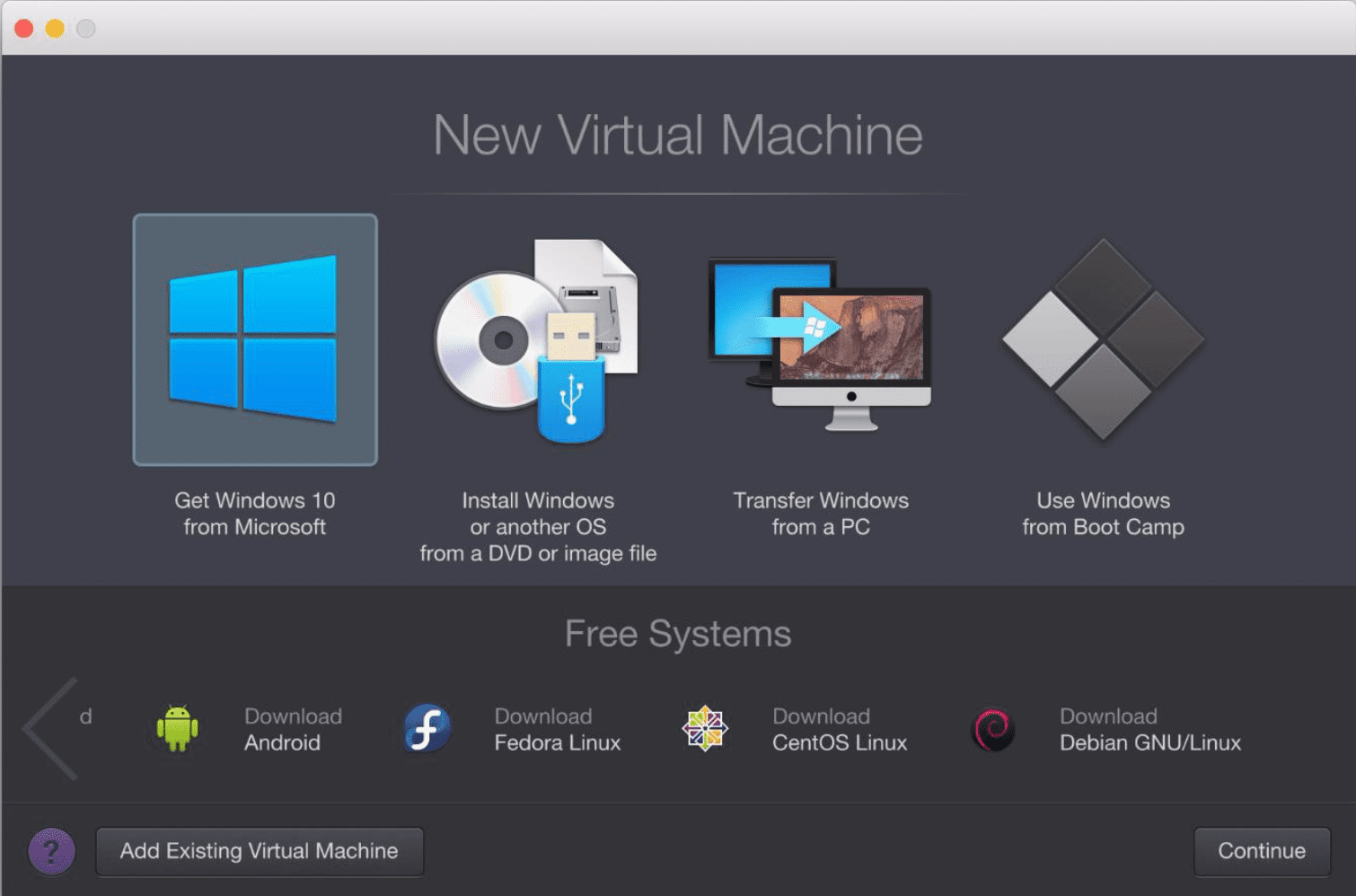
Updating your Mac to the newest macOS versions Note: If you are using an older device, it will show that your system is called “OS X” (OS X 10.11 El Capitan is the latest) instead of “macOS” (starting from macOS 10.12 Sierra onwards). To know which version of macOS you are using, click the Apple icon at the top left corner of your screen and select About This Mac.Ī Window will appear showing the version of macOS running on your device. But first, know which version of macOS your device is running. Usually, macOS automatically updates itself once the software is rolled out to its users. Does Apple still support your version of macOS?
#UPDATE OSX FOR MAC FOR FREE UPDATE#
If you see that your Mac is older than mentioned above, you definitely can’t expect to update your device to newer macOS versions.


Starting with Mojave Apple did not allow older Macs to upgrade to newer macOS versions. This is because as hardware ages, it cannot dully support newer programs that might be too advanced for its capability. In other words, Apple stopped supporting all its macOS and iOS devices with continuous software and operating system updates due to hardware limitations.

Until then, macOS and iOS devices are considered “unsupported” by Apple due to forced obsolescence of hardware. Most Apple devices have an average 5-year support lifespan, which means that they will receive software updates, including bug fixes, patches, and security updates over those years. In this article, we will determine if your old Mac can still be updated to newer versions of macOS.


 0 kommentar(er)
0 kommentar(er)
